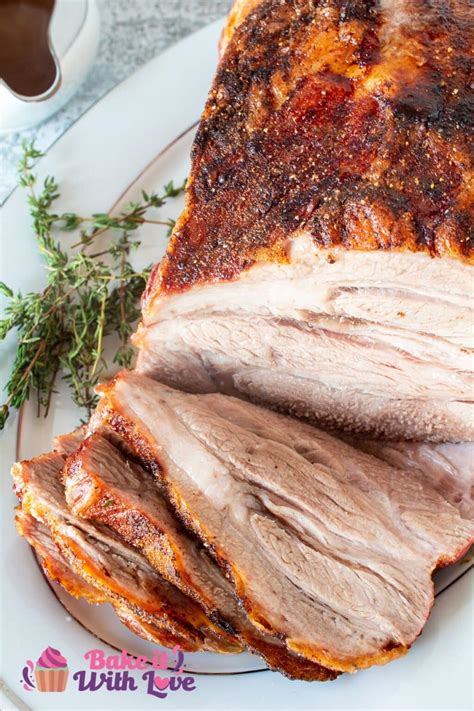The Ultimate Guide to Perfectly Rested Pork Shoulder
Pork shoulder, also known as Boston butt, is a culinary powerhouse. Its rich marbling and connective tissue break down beautifully with low and slow cooking, resulting in incredibly tender and flavorful pulled pork. But achieving that perfect, melt-in-your-mouth texture requires more than just throwing it in the smoker or oven. This ultimate guide will walk you through every step, from selecting the perfect cut to the crucial resting process that elevates your pork shoulder from good to unforgettable.
Choosing the Right Pork Shoulder
The foundation of a fantastic pulled pork lies in the quality of the pork shoulder itself. Look for a shoulder with a good amount of marbling—this fat renders during cooking, adding moisture and flavor. Avoid shoulders that look overly lean or pale. A good shoulder will have a nice, even layer of fat and a pinkish hue. The weight is also important; a larger cut (around 8-10 pounds) is ideal for low and slow cooking methods, allowing for better moisture retention.
Preparing the Pork Shoulder
Before you even think about cooking, there's some prep work to do. This ensures even cooking and helps maximize flavor development.
Trimming the Fat (Optional):
While the fat renders and contributes to flavor, you might want to trim away any excessively thick layers of fat (more than 1/4 inch). This helps prevent overly greasy pulled pork. Remember, some fat is your friend!
Seasoning:
This is where your creativity can shine. A simple salt and pepper rub is always a classic, but you can experiment with various spices. Common additions include paprika, garlic powder, onion powder, brown sugar, cumin, and chili powder. Don't be afraid to get adventurous! Generously rub the seasoning into the pork shoulder, ensuring all surfaces are coated.
Cooking Methods for Perfectly Rested Pork Shoulder
Several methods can yield delicious pulled pork. Here are two popular choices:
Slow Cooker Method:
- Place the seasoned pork shoulder: in your slow cooker.
- Add liquid (optional): A small amount of liquid, like broth or apple cider, can add moisture.
- Cook on low: for 8-10 hours, or on high for 4-6 hours, until the pork is fork-tender. Internal temperature should reach 190-200°F (88-93°C).
Oven Method:
- Preheat your oven: to 275°F (135°C).
- Place the seasoned pork shoulder: in a roasting pan. Adding a cup or two of liquid to the bottom of the pan helps prevent dryness.
- Roast: for 6-8 hours, or until the pork reaches an internal temperature of 190-200°F (88-93°C).
The Crucial Resting Process: Why It's Essential
This is where many home cooks make a mistake. After hours of slow cooking, you're eager to dig in, but resisting that urge is key. Resting allows the pork shoulder's juices to redistribute throughout the meat, resulting in incredibly moist and tender pulled pork.
How to Rest:
- Remove the pork shoulder: from the cooker and let it rest, loosely tented with foil, for at least 1-2 hours. For larger cuts, a longer rest is even better (up to 3 hours). This allows the meat fibers to relax and absorb the juices.
- Shred the pork: Once rested, use two forks to easily shred the pork.
Frequently Asked Questions (FAQs)
How do I know when my pork shoulder is done?
Your pork shoulder is done when it reaches an internal temperature of 190-200°F (88-93°C). It should be incredibly tender and easily shreddable with a fork.
What happens if I overcook my pork shoulder?
Overcooked pork shoulder can become dry. While it might still be edible, it won't have the same melt-in-your-mouth texture.
Can I freeze leftover pulled pork?
Yes! Leftover pulled pork freezes well. Store it in airtight containers for up to 3 months.
What are some creative ways to use leftover pulled pork?
The possibilities are endless! Use it in tacos, sandwiches, salads, nachos, or even as a pizza topping.
Conclusion: Your Journey to Pulled Pork Perfection
Mastering the art of perfectly rested pork shoulder is a rewarding culinary adventure. By following these steps and paying close attention to the resting process, you'll unlock the secret to incredibly tender, juicy, and flavorful pulled pork that will impress your friends and family. Enjoy!

